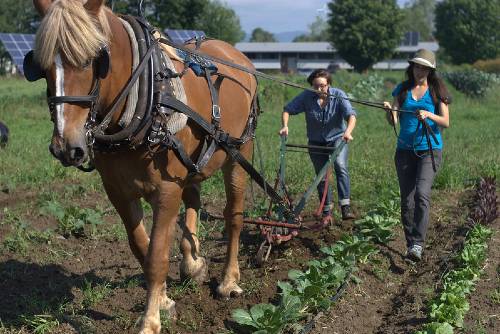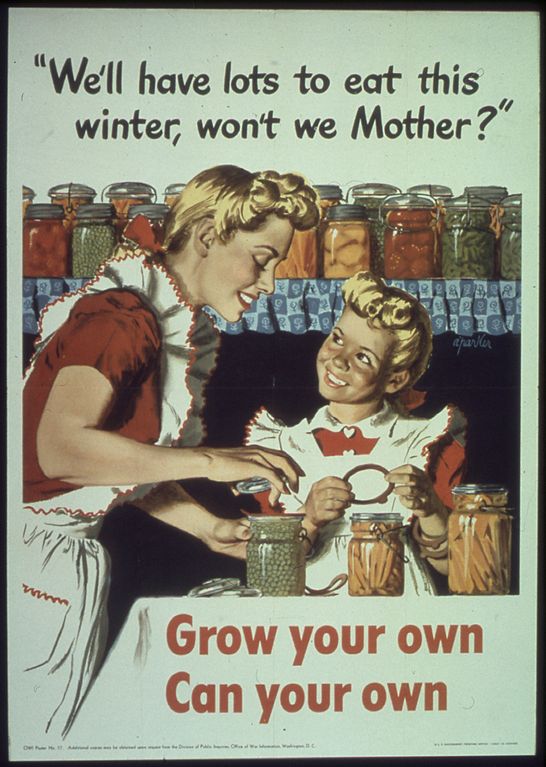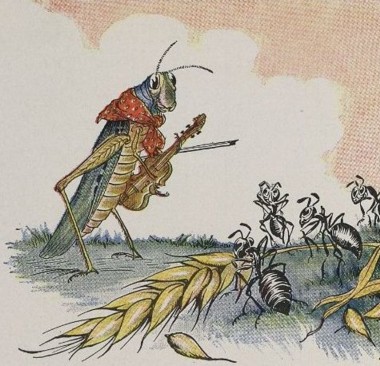Someone killed the American farmer. Nobody saw the perpetrator, nor found the weapon used, but grisly murders in rural America are becoming a common sight.
According to the U.S. Department of Agriculture, 4.8 million farms have vanished since the agency first started keeping statistics on farming in 1935. Despite the alarming loss of American farms -- 330 a week -- production has nearly quadrupled over the same timespan.
The culprit is easy to identify, if you look closely. It doesn’t take Sir Arthur Conan Doyle’s, Sherlock Holmes, to see the evidence mounting, nor does it take Poirot to point out that blood is on their hands.
The fertile patchwork of family-owned farms, which once saturated the landscape of rural America, have slowly vanished. Now, in the wake of foreclosures and bankruptcies, begins the era of modern agribusiness.
What happened? You may ask.
Federal regulations have altered the rules of the game, shifting power from the individual farmer to the “Wal-Marts” of farming – Agribusinesses.
“My daddy was a farmer. He plowed mules, and everybody said he was a mighty good farmer,” says Charles Mercer, an 86-year-old small-town cotton farmer from Burnet County, Texas. Mercer’s baggy red and white tartan shirt, stained yellow with age and sweat, hides his gaunt frame as he shuffles slowly out of his pickup truck toward his old barn which once housed 7 tractors, a harvester, and two tippers - but today houses only memories and a single rusted John Deere. “You did what you had to do in them days, plowing with a mule, one row at a time.”
“I remember I hated pickin’ cotton as a youngin’. You hoped by sundown that you’d picked enough for a quarter,” Mercer mumbles laughingly on his childhood growing up on a cotton farm in the’30s. “You didn’t have to be rocked to sleep at night, you were plum tired.”
At the turn of the 20th century, nearly 40 percent of the U.S. population lived and worked on farms. Today, less than 2 percent of Americans live on an operational farm.
The few independent farmers who remain are made up of old-timers in their 50s, 60s, and 70s, men and women who know no other way of life. These farmers desperately hang-on for as long as they can under the weight of modern agribusinesses who, like buzzards circle dying farms, waiting for their chance to swoop in.
Agribusinesses, major food multinationals, and seed companies like Monsanto and DuPont wholly control the industry, leaving farmers like Mercer unable to compete.
In the opening half of the 20th century, seeds were the product of small farmers and public-sector plant breeders, today the seed conglomerates use lawyers as weapons in their constant attacks on the small farmer. Armed with intellectual property laws and regulatory restrictions they control the industry and maximize profits by eliminating farmers' rights and competition.
“We got our first tractor when I was 14 years old. You had to sign up for it and it took about six weeks to come. You had to take a package deal, and you got the whole thang for twenty-seven hundred dollars.” says Mercer as he pours a cup of coffee into his stained John Deere green mug. “You can’t even buy seed for that nowadays.”
Seed companies like Monsanto and DuPont have forged unparalleled unions which have effectively rendered market competitiveness a bygone of the past. Through cross-license proprietary and consolidated research and development, the major seed companies are strengthening the market power for the few, and at the cost of the many - a trend that has many farmers referring to agribusinesses as “farming cartels.”
Under the current structure, it is not economically feasible to operate a small family farm in the United States, and according to Farm Aid - a special interest group focused on advocacy for the American farmer - the result is 330 farms are pushed out of business every week.
“The Howard and Powell families used to run them farms,” Mercer says pointing toward the empty lands north and east of his own struggling farm. “Problem is the youngins can’t live on farming anymore, they all live in the cities now anyways and rather sell off when their parents pass.”
According to the U.S. Department of Agriculture, less than 6 percent of farmers are under the age of 35. Each passing year, the farming industry becomes more centralized in the control of a few major companies; companies who have the money and resources to deal with the ever increasing regulatory pressures.
According to the United States Environmental Protection Agency, should the current trend continue, a small handful of agribusinesses will control the entire farming industry by 2030.
Hollis Taylor was born on his family farm east of Lampasas more than eight decades ago, and he'll be the first to tell you that hard work doesn’t cut it anymore, as few banks are willing to lend the much-needed money to compete.
“Well, all I know is I was born here 82 years ago. I don’t know what year my daddy and mother bought it, but I’ve been on it ever since.” says Taylor, a life-long peanut farmer. “I know when my daddy used to go to the bank to get some money to run the farm on, he didn’t ever want much. He’d have to go two or three times before the banker would ever let him have a few dollars. But now it’s just a different world than when I come up. Those were the good ole days, ain’t no more of them anymore.”
While many readers may ask, so what? They may even point to other industries affected by technological advancement and time.
These are valid arguments, but what do you say to the mechanic who used to service the tractors before farming died out and shut his business down?
What do you say to the police force which staffed 20 officers in the small town’s height, only to fold under the weight of the encroaching big city and dwindling population?
What do you say to the local grocer who stocked their shelves with fresh produce, before they shut down?
or the school teacher who used to teach classes of 30 students, but after the small school closed now substitutes up the road at the city school?
The simple truth is that when farms go dry, so too do the countless communities they build and sustain. Places like Pettus, Falfurrias, Mathis, Refugio, Skidmore, and countless others died years ago under the weight of the collapse of farming...Who will be next?







